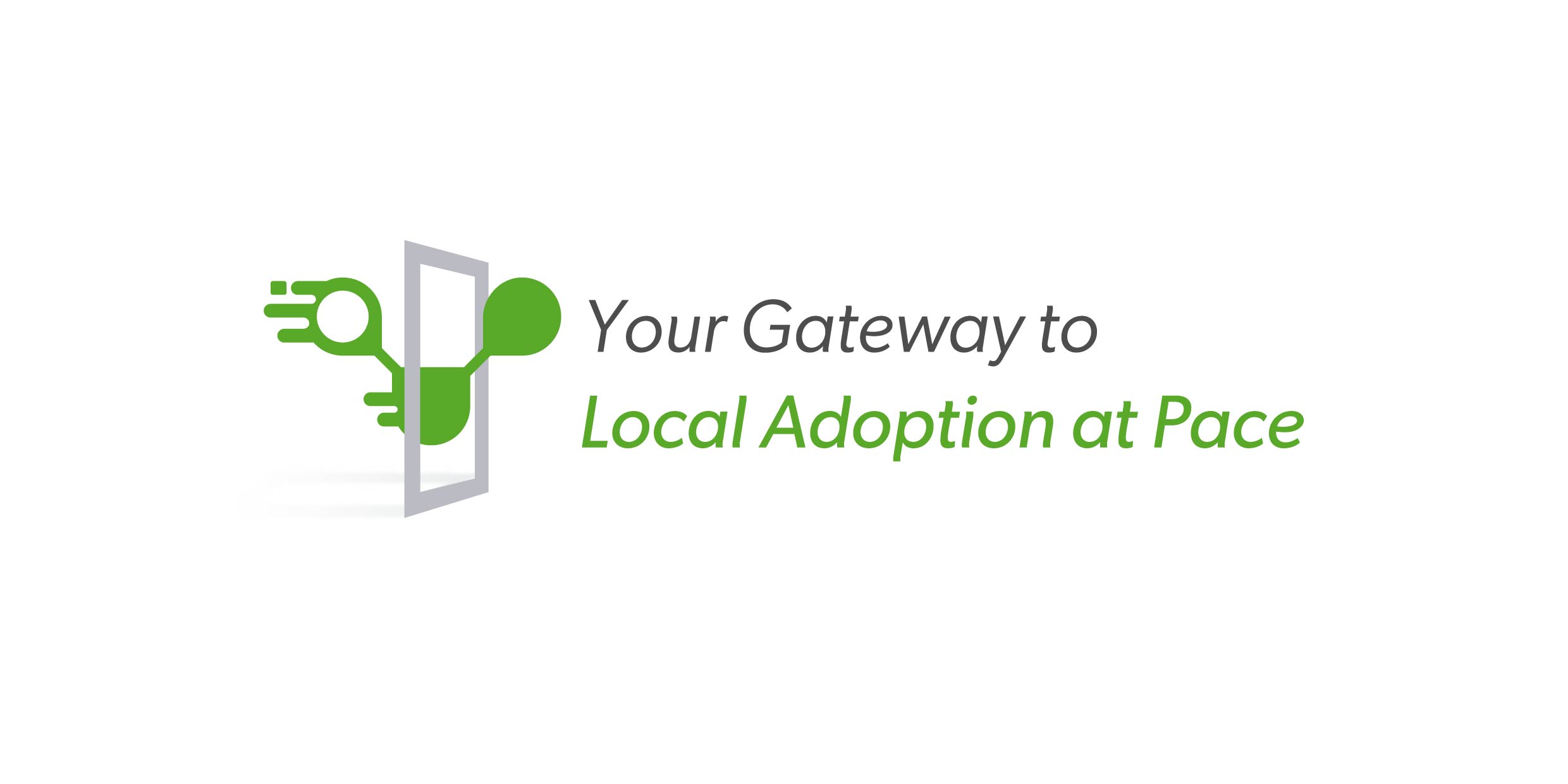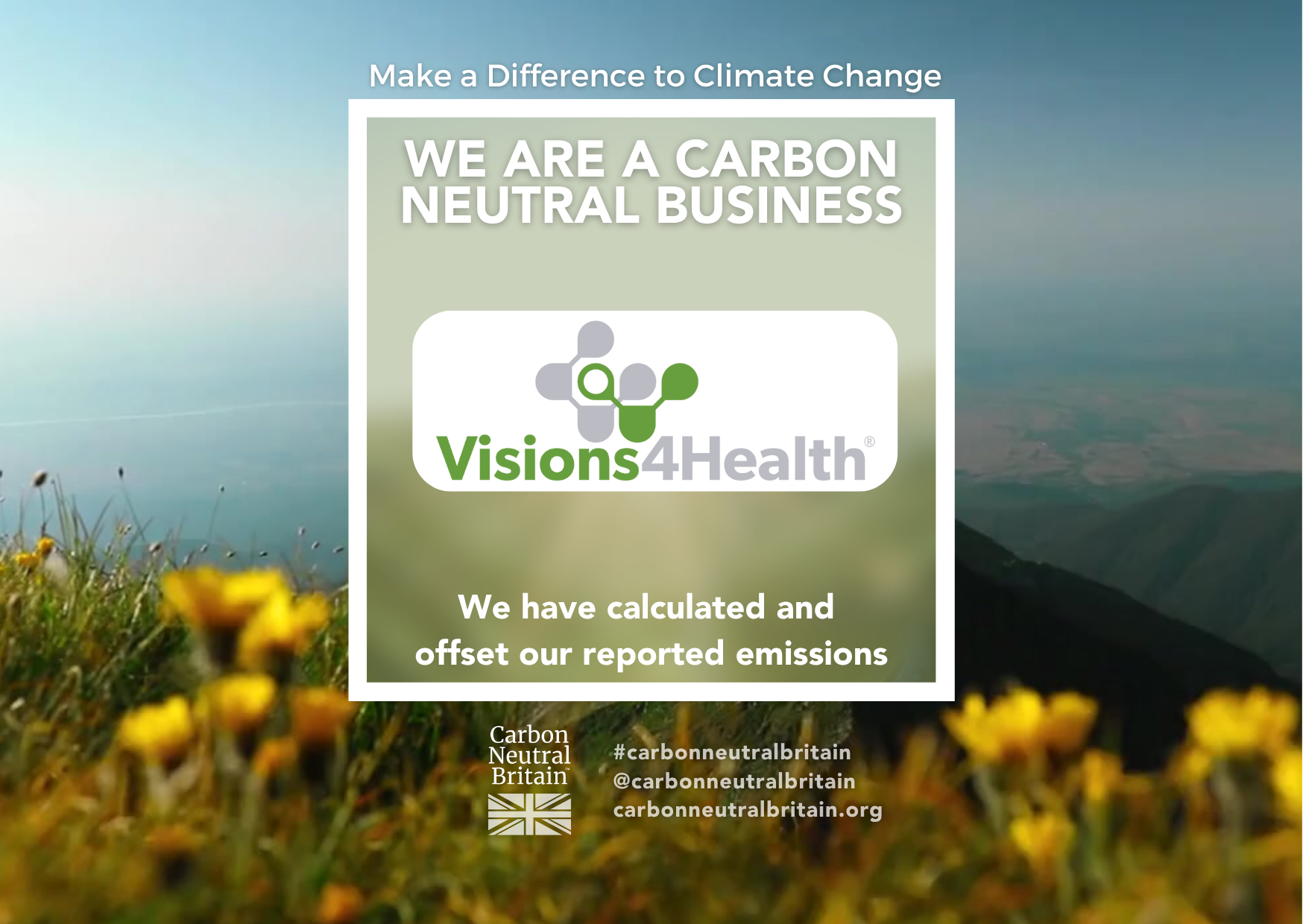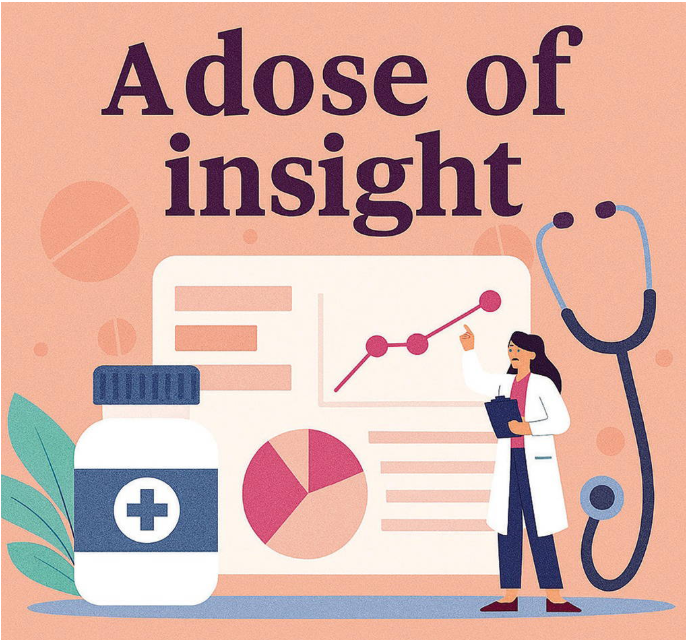This year, we celebrate a significant milestone for Lisa Jamieson, Senior Consultant, who marks a decade of dedication, growth, and success at Visions4Health. We sat down with Lisa to reflect on her journey and the lessons she has learned along the way.
Q: Congratulations on 10 years at V4H! How did your journey here begin?
A: Thank you! It’s hard to believe it’s been a decade already. I joined V4H in 2015 coming from a background in community pharmacy, and primary care and clinical commissioning. Over the years, I’ve had the chance to take on new challenges, develop my skills, acquire deeper level knowledge in different therapy areas and work alongside some inspiring colleagues.
Q: What are some of your proudest achievements during your time at V4H?
A: It’s hard to pick one particular thing – there are many moments that stand out. We’ve always been a virtual team, so when the COVID-19 pandemic started in 2020 we were able to continue our work with minimal disruption. We adapted really quickly and changed some of our projects that were supposed to be in person to virtual with minimal cost and fuss, and it was really straightforward for our clients.
On a personal level, I’m proud of the positive feedback that I’ve received from our clients over the years, not only about the insights that we gather as a company, but the expertise that I personally bring from my 20 years working in pharmacy and the NHS. I bring the ‘interface insights’ between pharma and healthcare.
Q: How has V4H evolved over the past decade, and what sets them apart in the industry?
A: There are definitely some things that haven’t changed, such as the great camaraderie within the team, and the ability to deliver high quality projects for our clients even when timelines are tight, which is why they keep returning to recommission projects with us. Our client base has grown over the last decade, but our systems, processes and team have evolved to match that growth. When I joined, we were a small but perfectly formed team… and now we are a larger, perfectly formed team!
In terms of what sets our company apart from others in this industry, it’s our insight and understanding of the plethora of issues surrounding local access and uptake to medicines and devices. It’s also the diversity of the team – we’re a mixed team of collaborative individuals with experience and expertise from a range of disciplines and specialties. We’ve all worked in a variety of different settings, both locally and nationally in the NHS, as well in pharma, private healthcare, public health, research and academia. We all work really well together, working hard to provide a top-grade service and we also have fun.
Q: What challenges do you think the pharma industry faces now that weren’t as relevant 10 years ago?
A: This is going to be quite a long answer! Although the NHS has always been strapped for cash, it’s even more strapped for cash now than it was 10 years ago. It’s an even more challenging environment. In terms of access to both the NHS and treatments, waiting lists are much longer, so getting in front of the right healthcare professional who’s going to prescribe that treatment for you is slower. We’ve also now got a greater prevalence of certain illnesses, which puts an increased demand on care and can make access to treatments and follow-up even more difficult because there are more people in the healthcare system who are waiting and wanting access.
There are also more specialised, high-cost drugs available now than there were 10 years ago, which creates a huge amount of pressure on the prescribing budget. As the first of those high-cost drugs are out of patent, we are currently in the phase of more of biosimilars coming to market. These are gaining a huge amount of attention as they are a ‘quick win’ for the NHS to save a lot of money and relieve some financial pressure.
That means for any new drug launching into a space where a biosimilar is available, the company is going to have to demonstrate why their drug, and how their drug, is better for the system, for the patient, etc. If a new drug is coming in with a premium price, there’s now more pressure on the pharma company to be able to show that their new product offers something in terms of value beyond just the Phase III clinical trial.
Pharma companies need to understand the service that their medicine is going to launch into and what the challenges are for that service. For example, how will the medicine fit into the patient pathway and, if a diagnostic is needed, how will the service adapt to allow for the new diagnostic that goes alongside the medicine? What if this new medicine requires monitoring? How will the service need to change to incorporate the monitoring when workforce capacity challenges already exist?
Pharma companies need to understand whether their new medicine will add to the existing pressures and challenges, or will it help to solve some of them. If the company has got a potential way of solving it, that’s got to be part of the launch, not just how the medicine works.
Q: Is there anything that has stayed the same over the past 10 years? What hasn’t changed?
A: A GP once told me that the NHS is on a 10-year cycle. If you get off the NHS merry-go-round and get back on 10 years later, you’ll probably get back to where you started in terms of how the NHS structures itself. I’ve now seen that loop come back round to structures that resemble primary care trusts. That said, despite all the structural changes, the decision-making process for new drugs has remained the same. Once ‘green-lighted’ by NICE or SMC, you’ve still got to have local discussions with prescribers about how that medicine is going to be used in clinical practice. What’s the most appropriate setting for the prescribing to take place? Should it be tertiary or secondary or primary care? Which category will the medicine be assigned to on the local formulary? Will it be red, amber, or green? Is there a need for a shared care agreement? So that’s not changed at all, and anybody launching a new medicine will still have to go through that process. Those systems, the wording and the language might have changed slightly, but the process is still fundamentally the same. What’s also remained the same is the need for local insights and understanding to secure local adoption at pace. This is critical and is what V4H is so very good at delivering.
Lisa’s journey is a testament to dedication, adaptability, and the power of a strong workplace culture. We thank her for her contributions and look forward to many more years of success together!



